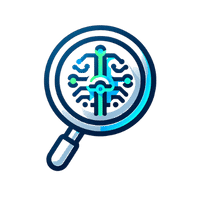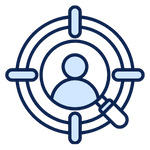Marketing Powered By AI
Marketing Tools Powered By AI. Helps Millions of Webmasters and Entrepreneurs Grow Online!

AI-Powered SEO Analyzer
Generate an SEO Report For Any Web Page in Seconds With AI.

AI-Powered Keyword Research
Find Related Keywords with Search Metrics Data In Few Seconds

AI-Powered Image Generator
Create Stunning Images Using Our AI Image Generation Engine.

YouTube Title Generator
Increase Your Videos CTR & Get More Views With The Power of AI

Blog Post Title Generator
Generate The Best Catchy Blog Titles To Boost Your CTR Using AI.

Email Subject Lines Database
Boost Your Open Rates With Our Powerful Tested Email Subject Line Database!

Bulk Email Verifier
Validate and Check Emails With Up to 98% Accuracy!

Paraphrasing Tool
Paraphrase and Rewrite Paragraphs Using AI in seconds.

Channel Finder
Discover New YouTube Channels with Our Simple Channel Finder

Bulk Keyword Metrics
Get Search Metrics for up to 10 keywords at a time.

YouTube Keyword Tool
Discover High-Impact Keywords & Get More Views!

Keyword Bomber Tool
The Best Keyword Suggestions Tool Powered by AI

Domain Authority Checker
Check Domain Authority Metrics for Domains in Bulk!

Website Rankings Checker
Discover any Website Keyword Rankings in seconds!

Competitors Research Tool
Discover your hidden SEO Competitors in seconds!

Free AI Writer Tool
Generate Blogs & Paragraphs With AI in Seconds!

Backlinks Checker
Check and Get Detailed Backlink Analysis Report in Seconds!

YouTube Popular Videos
Find Popular YouTube Videos with Ease

AI-Powered Hook Generator
Generate Compelling Hooks for any Type of Content in Seconds!

Email Subject Line Analyzer
Significantly increase your email open rates after following this tools recommendations.

